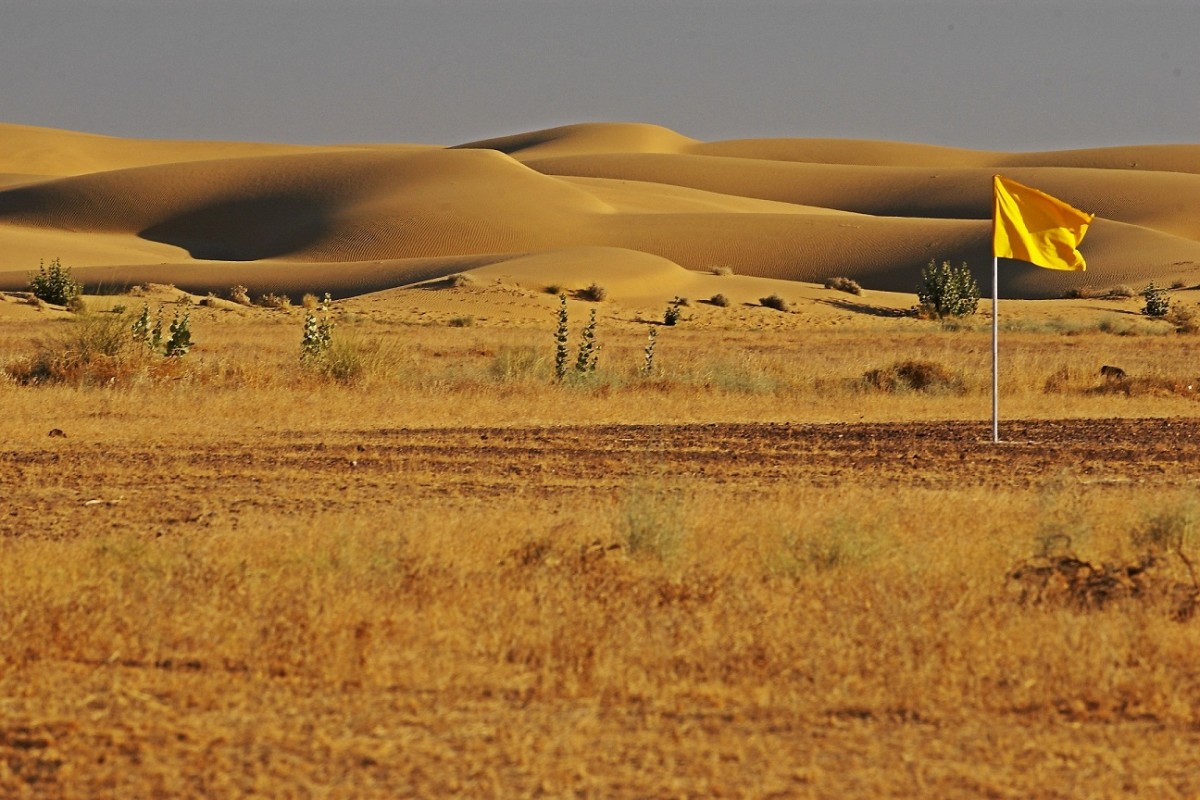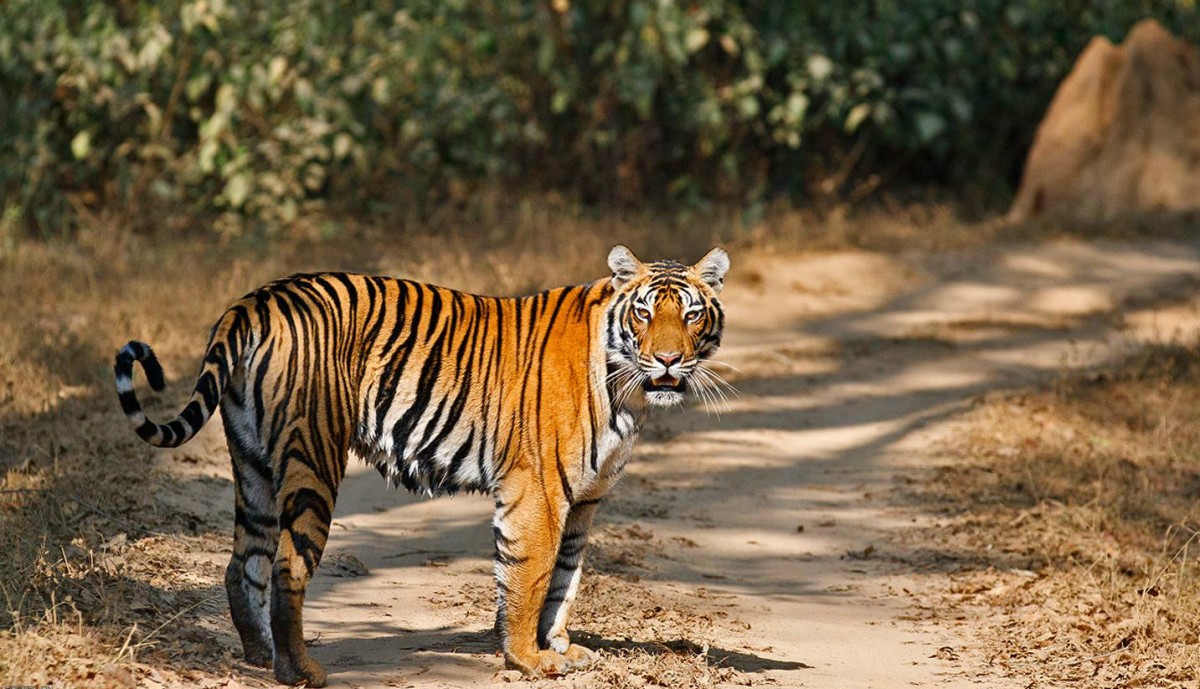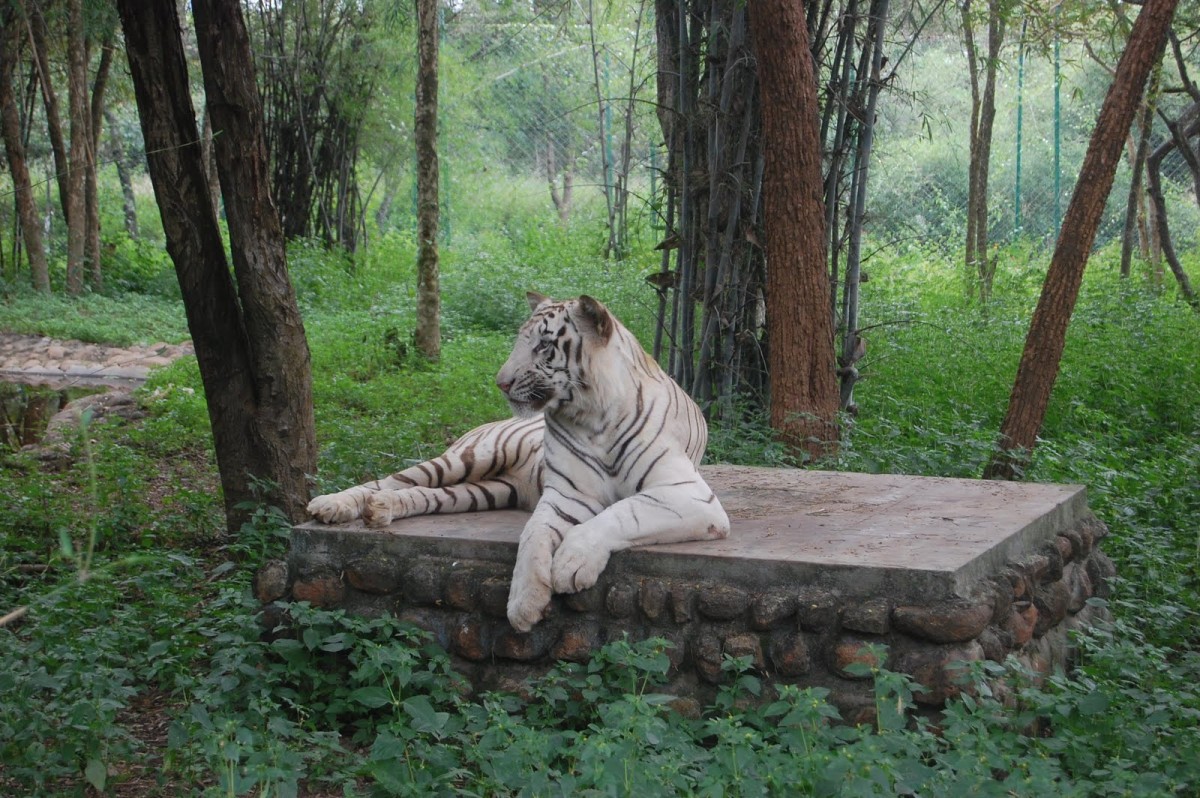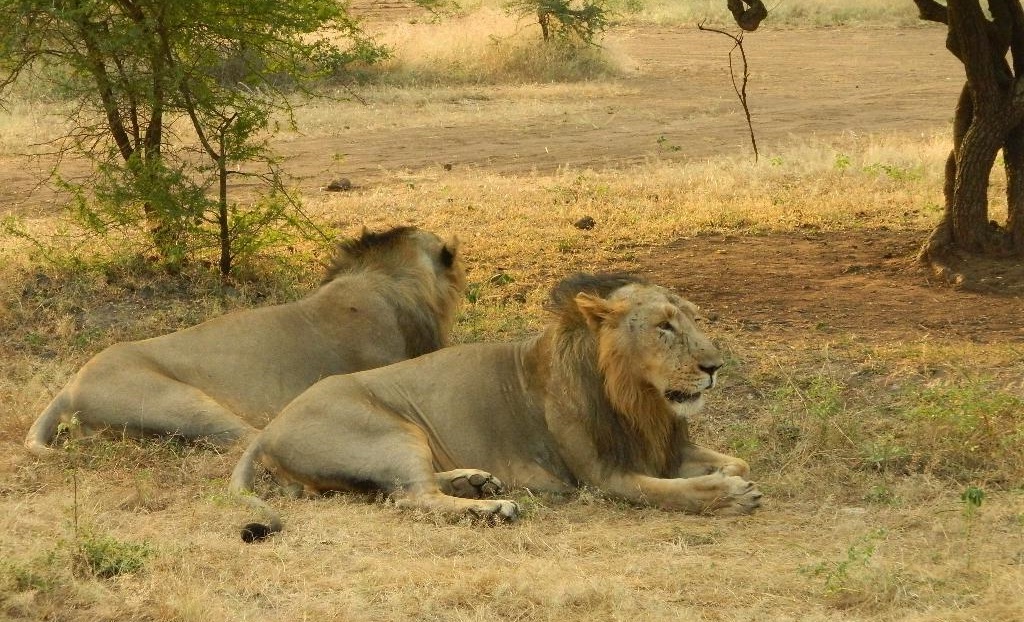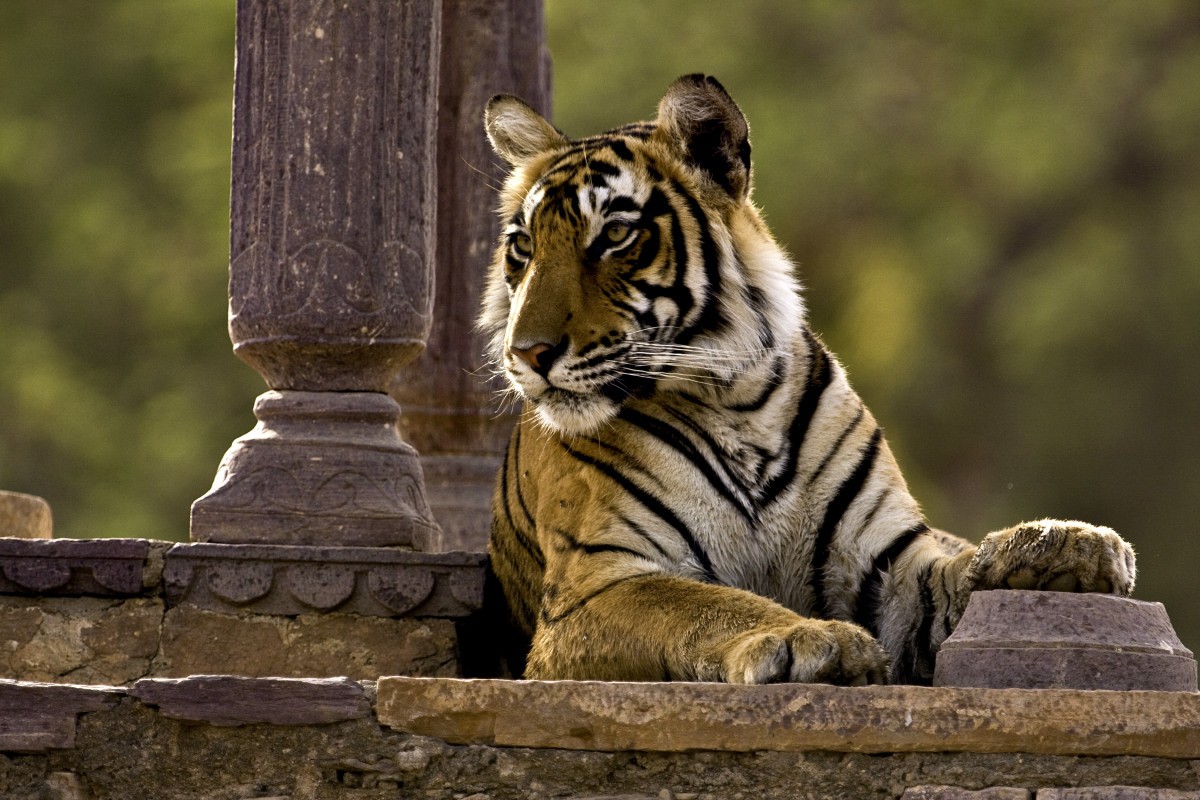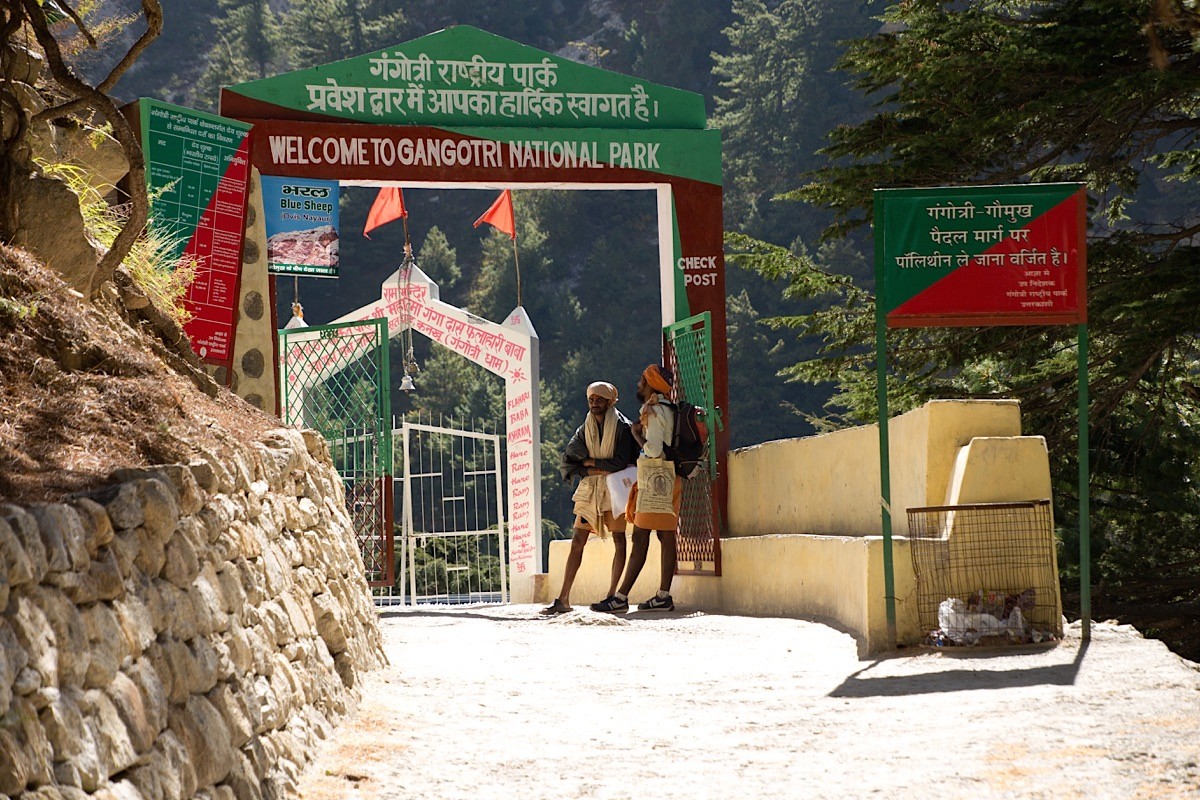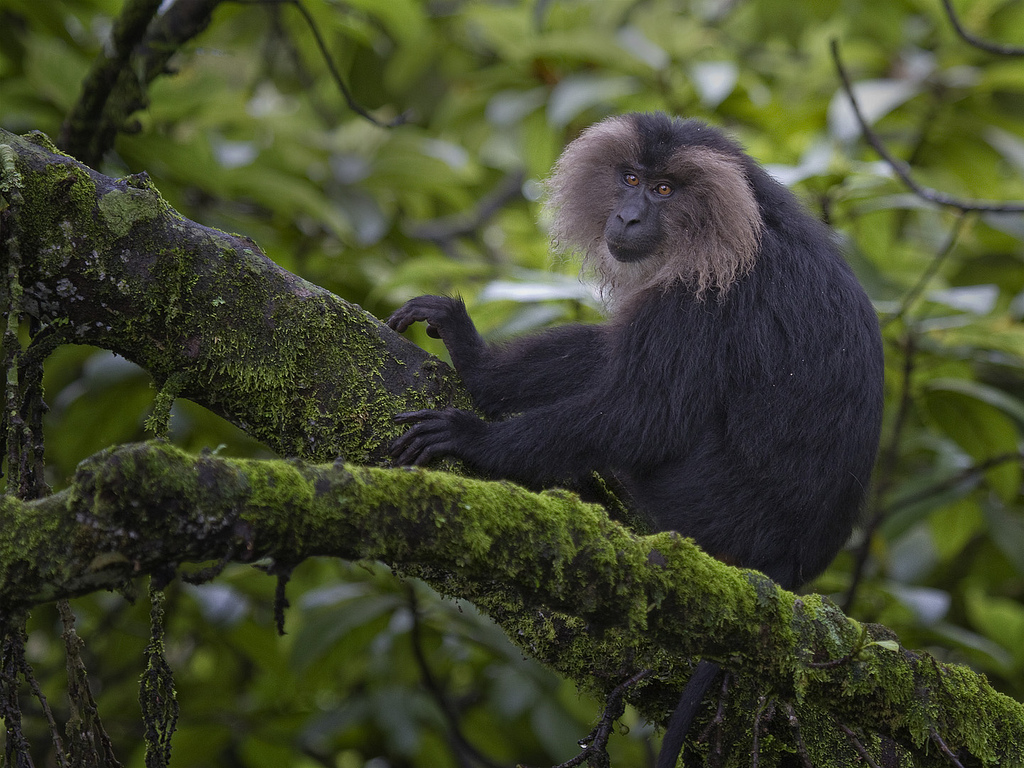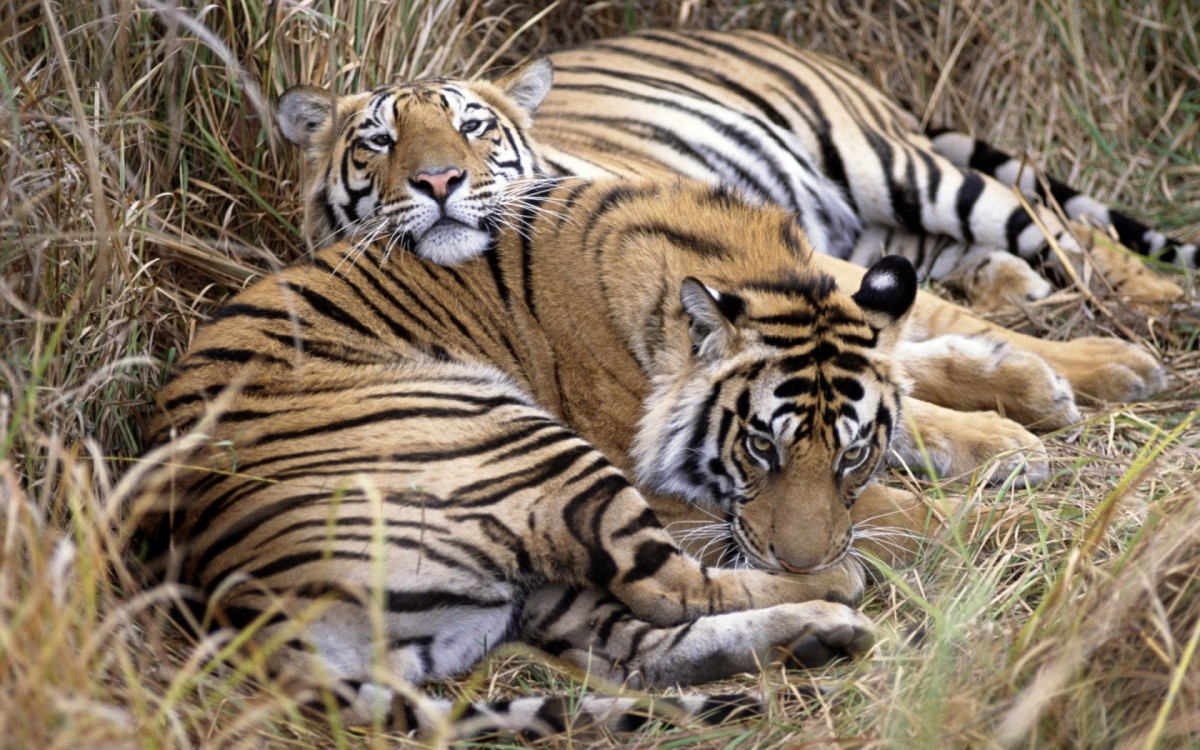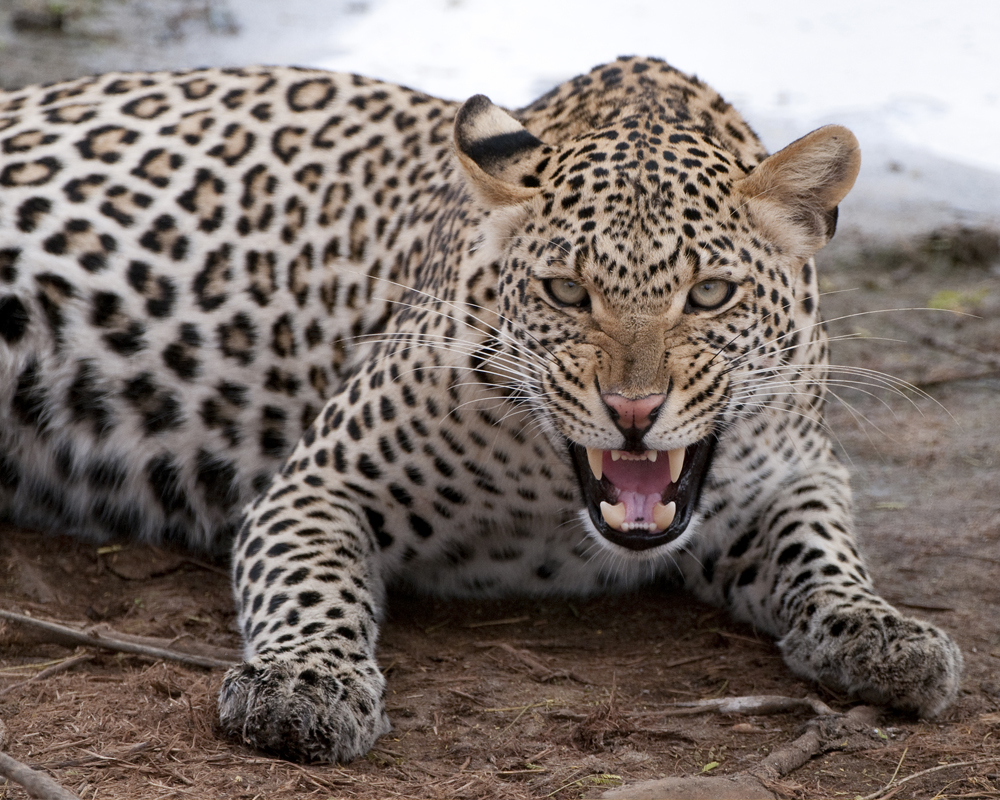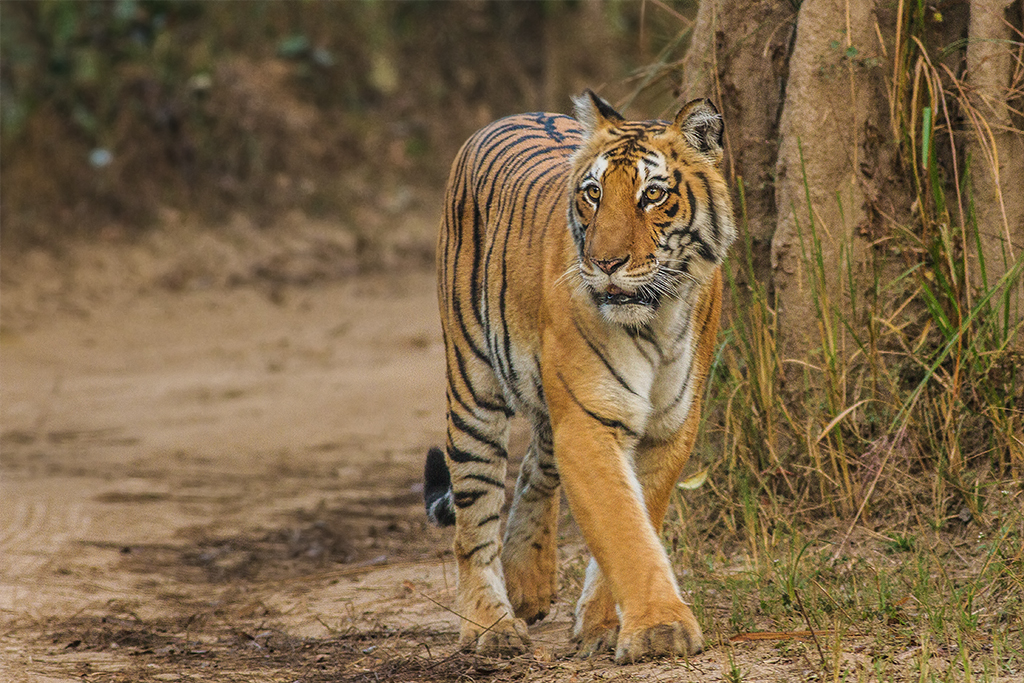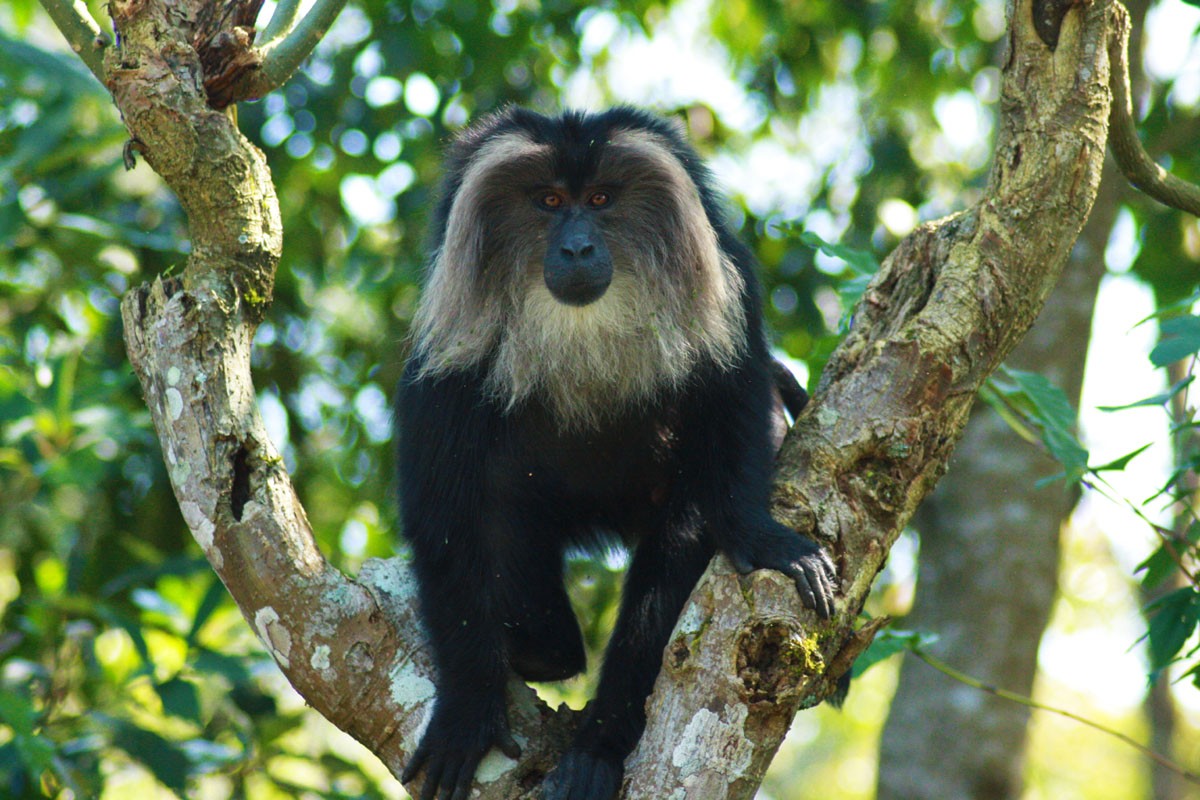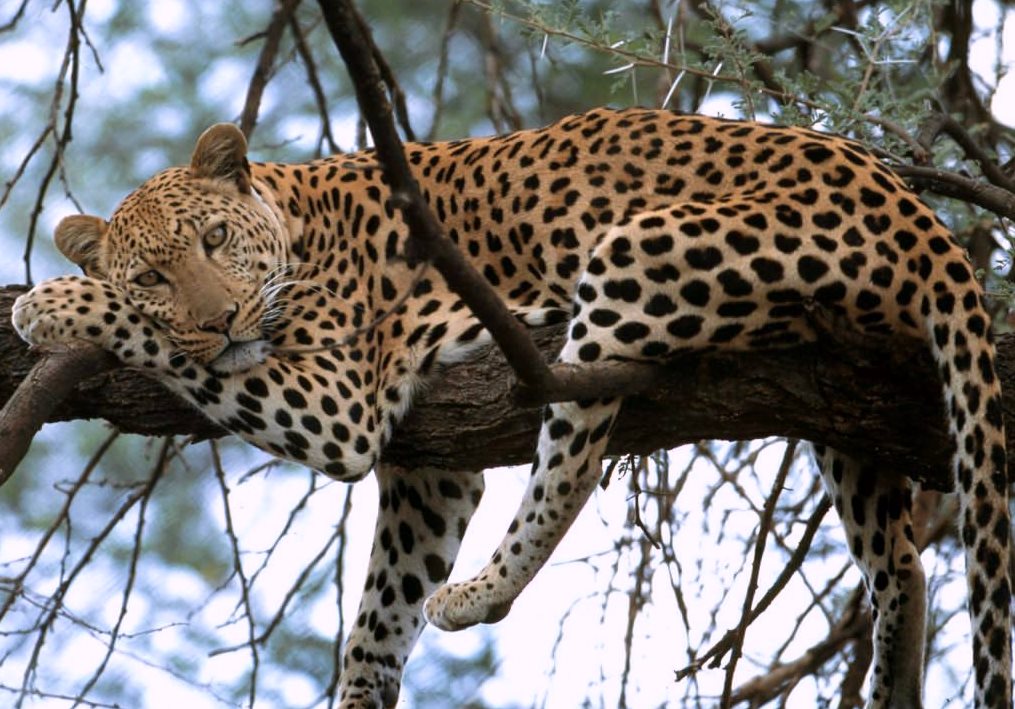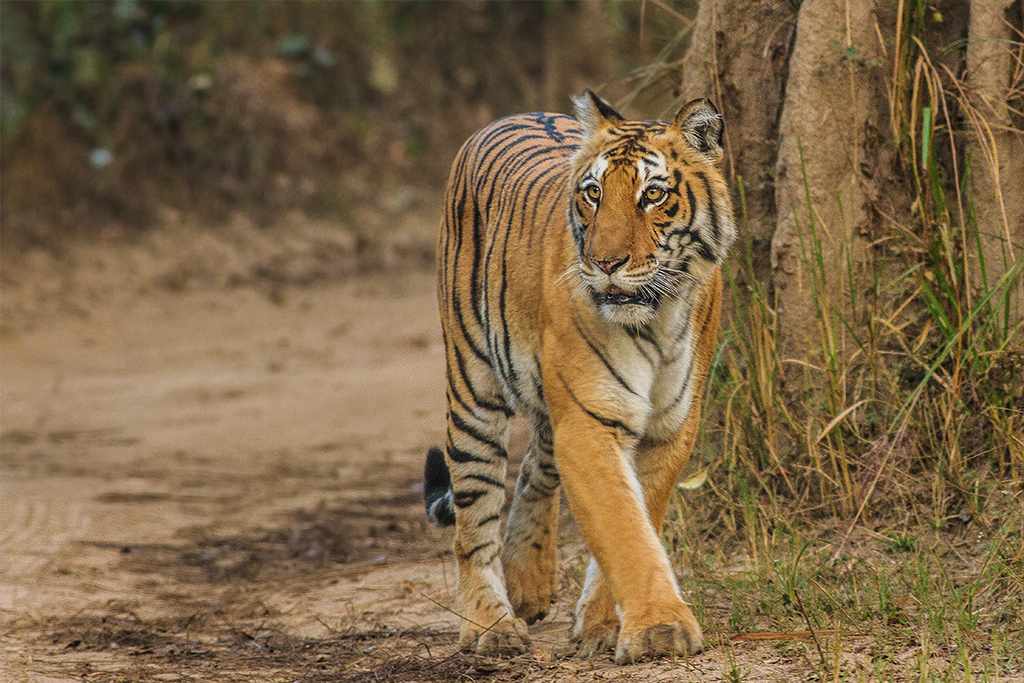
Buxa National Park
Buxa National Park at a Glance
| IUCN Category | II (National Park) |
| State | Bengal. |
| District | Jalpaiguri |
| Area | 117 Square km. |
| Year of Notification | 06-01-1992 |
| Special Status | Tiger Reserve. |
| Fauna (Animals) | Elephant, Tiger, Gaur, Sambar, Muntac, Leopard, |
| Flora (Plants) | Sal |
| Period for Visit | November – April. |
| Geographical Location | Lies in the hills of Jalpaiguri District. Approximately 26 degree C 37’N, 91 Degree 53’E |
| Land Status | Provincial government Longitude 89o25’to 89o55’E |
| Latitude | 23 degree 30’to 23 degree 50’ |
| Altitude | 125-1750m |
| Rainfall | 3570mm to 5600 mm |
| Temperature | Min 15 degree C – Max 39 degree C |
| Winter | October to January |
| Summer | February to May |
| Monsoon | June to September |
| Nearest Town | Alipur Duar. |
| Nearest Railway Station | Alipur Duar |
| Nearest Airport | Cooch Bihar |
| Accommodation | Forest Rest Houses. |

Physical Features of Buxa National Park: the Buxa Hills are the southern outspurs of the hills of Bhutan. The tiger reserve lies in the Western Duars, floodplains comprising alluvium with deposits of coarse gravels near the hills, sandy clay and sand along river courses and fine sand and clay elsewhere.
Climate Summer is hot with maximum temperatures in April. Mean annual rainfall is 5323 mm, considerably higher than the average of 3925 mm for the district.
Vegetation the tiger reserve in general contains a combination of natural and man-made forests. The former includes tropical semi-sissoo, deciduous and pockets of evergreen forests. Of the savanna types. A dense growth of tall grasses (e.g.saccharum procerum, Anthistiria gigantean) with scattered trees of Albizzia procera, salmalia malabarica syzygium cerasoides and Butea monosperma occurs in low-lying moist areas. In the riverine alluvial savannas dalbergia sissoo is dominant. The high-level savannas also favour growth of sal shorea robusta. Where silt is deposited on the riverbeds, dalbergia sissoo and acacia catechu predominate. Savannas are gradually colonized by fire-resistant species e.g. shorea robusta, syzygium scerasoideum and salmaila malabarica.
Fauna rhesus macaque macaca mulatta common langur presbytis entellus sloth bear melursus ursinus tiger panthera tigris leopard panthera pardus, leopard cat felis bengalensis, civets viverridae, elephant elephas maximus wild pig sus scrofa Indian muntjac muntiacus muntjak, spotted deer cervus axis sambar cervus unicolor, gaur bos gaurus, and porcupine hystrix spp. Clouded leopard Neofelis nebulosa peafowl pavo cristatus, red Jungle fowl Gallus gallus great hornbill buceros bicornis. Mahseer barbus putitora.
Facilities Accommodation is available in forest rest houses.
Constraints there is mounting pressure on natural resources both from resident human populations and the heavily populated adjacent lands. There are large dolomite mines which are the cause of considerable disturbance to the habitat and wildlife.
Buxa Tiger Reserve (BTR) is world renowned for its valuable wildlife. It came into existence as tiger reserve after being notified within project tiger scheme of government of India (1982). The buxa tiger reserve spread over an area of 761 sq. km. of forest land is in the vicinity to the Jaldapara wildlife Sanctuary one of the three homes of one horned rhinos in the country. The 313 Sq. km. of the reserve area is the core area. The BTR forms a vital link for migration of elephant as it turns into a corridor for migrating elephants between Bhutan & Assam (Manas Tiger Reserve).
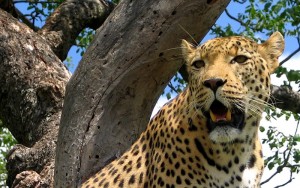
Though prophets of doom may fear extinction of tiger nature’s most exquisite wealth, by the turn of century the population of the royal Bengal tiger has increased from 17 in 1983 to 31 in 1995 in the buxa tiger reserve one of the two homes of tigers in Bengal. The park forest is dominated by sal plants and excluding elephant (85) Buxa is home of tiger gaur sambar leopard leopard cat muntjac sloth bear chital in addition to these mahseer is a prime attraction at rydak river in this reserve.
The reserve came into existence in the year 1983 following the launching of save tiger project at seven places in the country. The Buxa tiger reserve was created under the project. On its northern side is the Bhutan border the eastern side of this reserve touches the Manas tiger reserve in Assam and on southern side there are as many as 49 tea states each having 2000 to 5000 plantation workers. The park Authorities has constituted 40 eco-devlopment committees to involve inhabitants of 41 forest villages within the reserve area in the development process of the area. A Nature Interpretation Centre is operational here since 1992. an ambitious Eco-tourism Project is chalked out for this tiger reserve by renovating the Buxa fort which is protected monument under the Archeological Survey of Indian. Situated at the altitude of 1100 meters.
The November – April months are ideal to visit Buxa National park. It is advisable that advance booking must be ensured with prior communication with park authorities. Alipur Duar is an important approaching point. For air trips one has to approach via Cooch Bihar, the nearest Airport.

